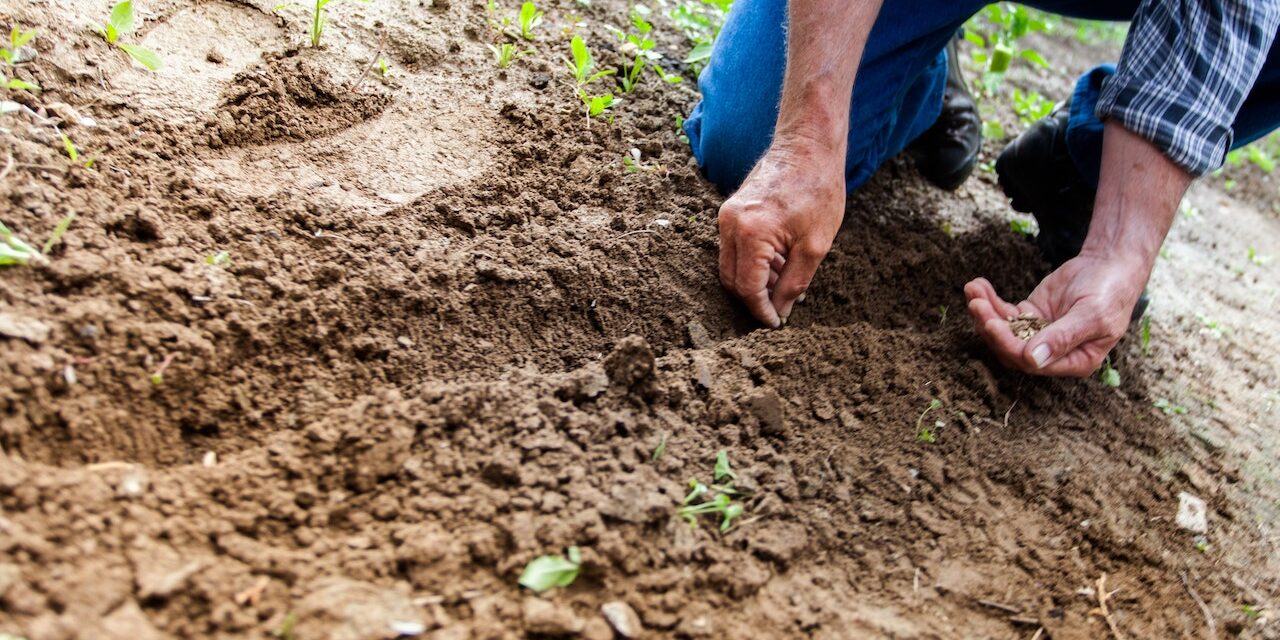Gardening enthusiasts, this one’s for you!
If you live in Sacramento and are part of the USDA Zone 9, you know that our Mediterranean climate offers a fantastic opportunity to grow a diverse range of plants throughout the year. But with so many options, knowing what to plant and when can be challenging. Fret not, fellow green thumbs! I’ve created a month-by-month guide to help you plan your Zone 9 Sacramento garden.
Let’s dive in!
1. January — A Fresh Start
While the weather is cool and the ground may be damp, January is ideal for planting bare-root fruit trees, roses, and cool-season vegetables like lettuce, spinach, and kale. You can also start seeds indoors for warm-season crops like tomatoes and peppers, giving them a head start for transplanting later in the season.
2. February — Embracing Spring
As temperatures rise, February is an excellent month to plant artichokes, asparagus, and strawberries.
Additionally, you can sow seeds for cool-season vegetables like peas, carrots, and beets directly into the ground. It’s also time to start seeds indoors for warm-season crops such as eggplants and melons.
3. March — Gearing Up for Warm Weather
March marks the beginning of the warm-season planting window. Transplant your tomatoes, peppers, and eggplants started indoors earlier. Direct sow seeds for beans, corn, squash, and cucumbers. Remember about herbs like basil, oregano, and dill, which can also be planted in March.
4. April — Full Speed Ahead
In April, the weather is typically warm enough to plant sweet potatoes and okra and transplant melons started indoors. Continue sowing seeds for warm-season crops like beans and cucumbers, staggering your planting dates to ensure a continuous harvest throughout the summer.
5. May — The Heat is On
As the temperatures rise, focus on heat-loving plants in May. Plant pumpkin seeds; transplant melons started indoors if you haven’t already. It’s also an excellent time to plant flowering annuals like petunias, marigolds, and zinnias to add color to your garden.
6. June — Mid-Year Maintenance
June is a great time to plant tropical and subtropical fruit trees like citrus, avocado, and guava. While you’re at it, add some heat-tolerant annuals like salvia, vinca, and sunflowers to your garden beds. Remember to monitor watering and pest control, as June’s warmth can lead to increased evaporation and insect activity.
7. July — Savor the Summer
In July, focus on planting heat-tolerant greens like Swiss chard and Malabar spinach. You can also plant a second round of tomatoes, peppers, and eggplants for a late-summer harvest. Keep up with watering and pest control, and harvest your crops regularly to encourage continuous growth.
8. August — Preparing for Fall
As summer winds down, plant cool-season vegetables like broccoli, cauliflower, cabbage—and leafy greens like lettuce and spinach. August is also the time to sow seeds for root vegetables like carrots, turnips, and radishes.
9. September — The Transition Month
Continue planting cool-season crops like peas, beets, and onions in September.
You can also plant garlic cloves and shallot bulbs for a harvest in the following spring. As temperatures cool, it’s time to remove any remaining warm-season crops and prepare the garden beds for fall and winter planting.
10. October — Settling in for Winter
October is an ideal time to plant cover crops like clover, vetch, and mustard, which help improve soil fertility and structure. Also, grow cool-season vegetables like kale, collards, and Brussels sprouts. It’s also time to plant spring-flowering bulbs like daffodils, tulips, and hyacinths, ensuring a burst of color when spring rolls around again.
11. November — Cool-Weather Companions
As temperatures drop, focus on planting cool-weather crops like Swiss chard, spinach, and Asian greens. November is also the perfect time to plant bare-root fruit trees like apples, pears, and plums and berry plants like raspberries and blackberries. Remember to mulch your garden beds to protect plants from frost and keep weeds at bay.
12. December — Winter Rest and Reflection
While December may be a quieter month in the garden, it’s still a great time to plant cool-season flowers like pansies, violas, and snapdragons. As the year closes, take some time to reflect on your gardening successes and challenges and start planning for the following year’s garden.
What if I miss a planting window?
It’s not the world’s end if you miss a planting window.
Some plants are more forgiving than others, and you may still have success if you plant them a bit later than recommended. However, be aware that planting too far outside the ideal window may result in reduced yields or plants that struggle to thrive.
In conclusion, Zone 9 Sacramento gardeners have an exciting variety of plants to grow throughout the year. Following this month-by-month guide, you can make the most of your garden and enjoy a continuous harvest of fresh produce and beautiful blooms.
So, what will you plant this month?





